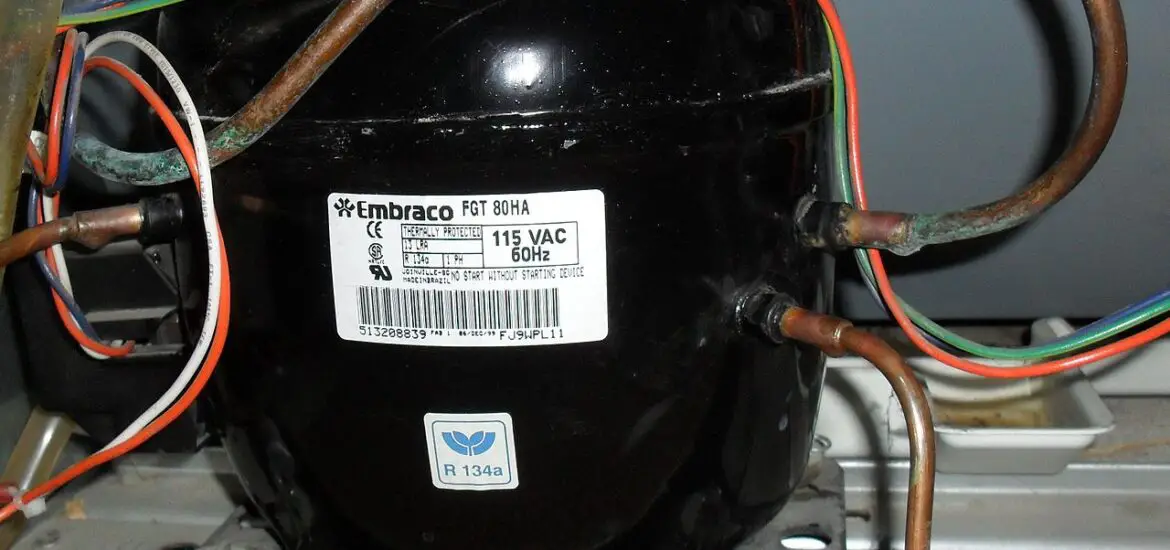Refrigeration compressor valves – have you ever given them much thought? They might be small, but they play an enormous role in making your refrigerator cool and your life, well, cool too! They’re the miniature gatekeepers of the cooling cycle, playing a part in almost every stage. Let’s unwrap the mystery of these hidden powerhouses together, shall we?

Table of Contents
The Role of Refrigeration Compressor Valves
They’re like traffic cops, really. Compressor valves control the flow of refrigerant gas, directing it through the compressor – the heart of your fridge. They open to let gas in, then close to prevent it from rushing back. They ensure your ice cream stays frozen and your veggies stay crisp. I mean, without them, we’d be back to the ice age, right?
Common Types of Refrigeration Compressor Valves
Not all valves are created equal. Some valves are quite the show-offs, like the reed valves, ring valves, and poppet valves, each with its own unique style of controlling gas flow. These cool cats make sure your refrigerator works efficiently, no matter the model or brand. Fancy, eh?
The Importance of Proper Valve Function
Imagine a city with no traffic lights. Chaos, right? It’s the same with these valves. If they fail, refrigerant gas goes haywire, and cooling efficiency drops like a rock. Your fridge could be working overtime without getting the job done, wasting energy and money. Who wants that?
The Inner Workings of Refrigeration Compressor Valves
They might seem complex, but once you understand the basics, it’s as easy as pie. So, what’s cooking inside these valves?
Basic Components of a Valve
The secret sauce to these marvels of refrigeration engineering is in their key components. This trio of parts – valve plate, springs, and valve seat and stop – work together like a well-rehearsed orchestra.
Valve Plate
The valve plate is the stage where all the action happens. It opens and closes with the rhythm of the refrigeration cycle, letting refrigerant gas in and out like a bouncer at a club.
Springs
Just like a trampoline, springs are all about the bounce. They push the valve plate back to its original position, ensuring it’s ready for the next cycle. No rest for these hard workers!
Valve Seat and Valve Stop
The valve seat and stop form the frame for our superstar valve plate. They make sure the plate stays in place and moves just right. Talk about a support system!
Valve Operation: The Opening and Closing Mechanism
Picture a swing door. It swings open to let people through and then swings shut. That’s pretty much what our valve does, only instead of people, it’s refrigerant gas, and instead of a door, it’s a metal plate. Simple, right?
Material Considerations in Valve Construction
Now, you can’t build a valve out of anything. Materials matter, big time. Usually, we’re talking durable metals like stainless steel or bronze. You need something that can handle the heat, the cold, and the constant pressure changes. It’s a tough gig.
Check out these other related articles…
Water Dispenser Compressor Not Working: 4 Proven Solutions
4 Popular Refrigeration Compressor Oil Types: An Easy Guide
Refrigeration Compressor Overheating: 3 Causes & Sure Fixes
Refrigeration Compressor Cycle: Your Ultimate Guide
Refrigeration Compressor HS Code: Your Ultimate 411 Guide
A Closer Look at Types of Refrigeration Compressor Valves
Remember our cool cat valves? Let’s get to know them a bit better.
Reed Valves
Reed valves, named for their reed-like design, are like the cool kids on the block. They’re super-efficient and work well under high pressure, making them a popular choice in many refrigeration systems. But, just like anyone, they’re not perfect. They can sometimes be a bit noisy and demanding in terms of maintenance. Still, they get the job done, and they do it well!
Ring Valves
Next up, the ring valves. These guys are like the strong, silent types. They’re reliable, sturdy, and handle pressure changes like a champ. But while they’re great in heavy-duty applications, they might be a bit much for your average household fridge. Still, it’s always good to have a strong player in the game, right?
Poppet Valves
Last but not least, we’ve got the poppet valves. These valves have a unique poppet-style design that’s fantastic for ensuring a tight seal and efficient flow control. But their complex design can make them a bit tricky to maintain. A small price to pay for efficiency, don’t you think?
Maintenance and Troubleshooting of Refrigeration Compressor Valves
Like anything, valves need a little TLC to keep them in top shape. Here’s how you can keep them happy.
Essential Valve Maintenance Practices
Maintenance is all about prevention. Regular check-ups, cleaning, and timely replacement of worn-out parts can go a long way in keeping your valves (and your fridge) running smoothly. Trust us, a little care goes a long way.
Common Valve Problems and Their Solutions
Even with the best care, problems can crop up. Maybe the fridge isn’t cooling properly, or it’s making strange noises. Don’t panic! Often, a simple valve replacement or repair can bring your fridge back to life. Remember, it’s not the end of the world.
When to Replace Your Refrigeration Compressor Valves
Here’s a million-dollar question – when should you replace your valves? Well, if they’re worn out, damaged, or just not working efficiently, it might be time for a change. Better safe than sorry, right?